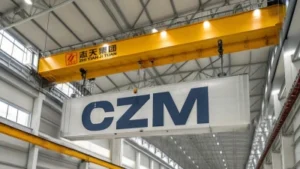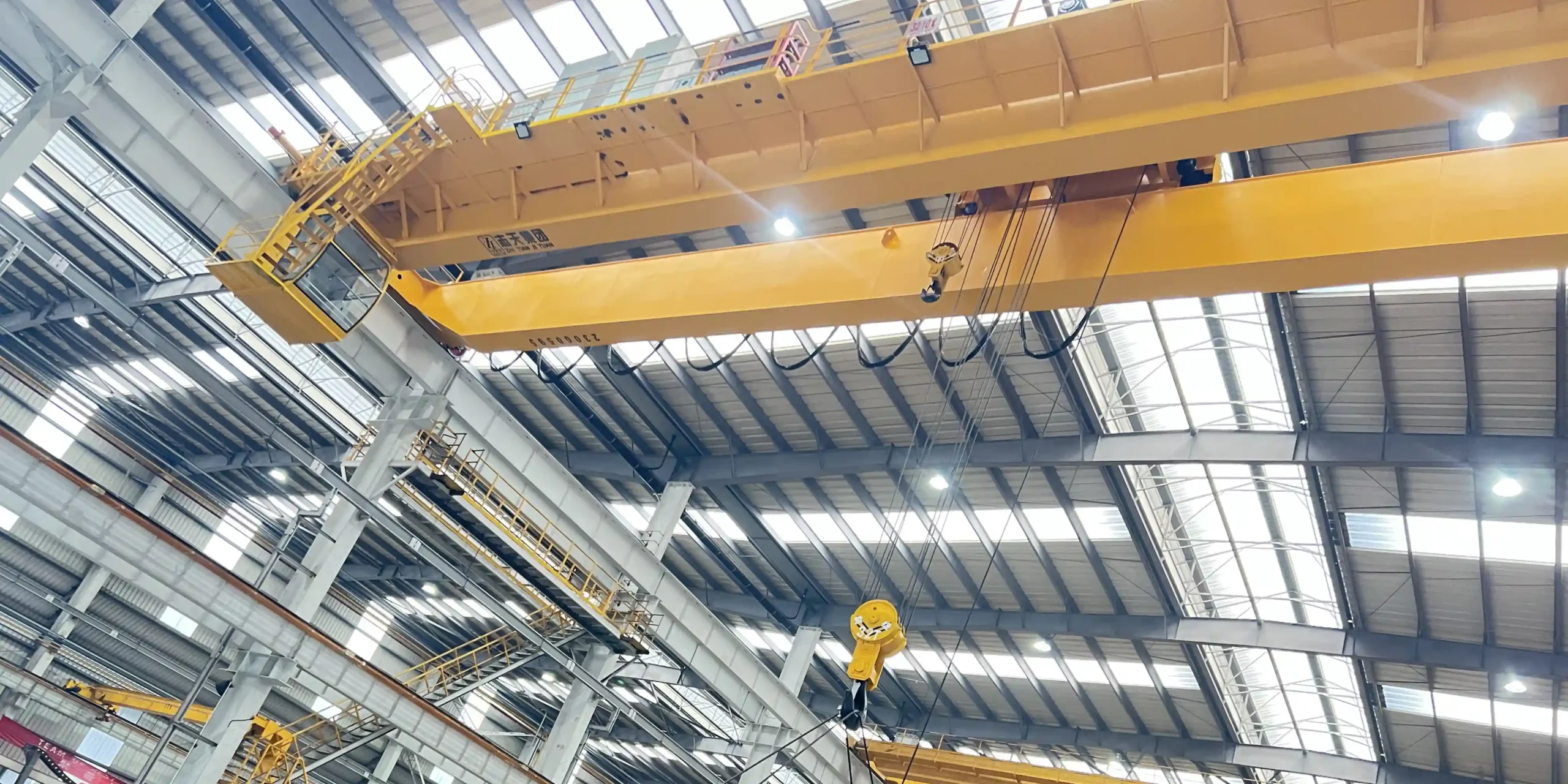
What are the different Types of Cranes?
As industries continue to advance, cranes are seeing increasingly widespread use across various sectors. Different types of cranes, with their unique structures and capabilities, meet diverse operational needs.
Cranes serve diverse operational needs across industries. Key types include overhead (indoor material handling), gantry (outdoor heavy lifting), tower (high-rise construction), crawler (rugged terrain), and truck-mounted (mobile operations). Other specialized cranes like jib, monorail, ship, RTG, portable gantry, spider, cable, and floating meet specific industrial, maritime, and construction demands.
-
Overhead Cranes (Bridge Cranes)
- Application: Frequently used indoors, with tracks often installed on steel I-beams.
- Features: Named for their bridge-like appearance, they offer three-dimensional movement (forward/backward, left/right, up/down) within track limits, efficiently handling materials. Commonly found in mechanical manufacturing workshops and warehouses. Overhead cranes are categorized into single-girder and double-girder based on their lifting capacity. Single-girder cranes typically lift no more than 20 tons, while double-girder cranes can easily handle 50 tons.
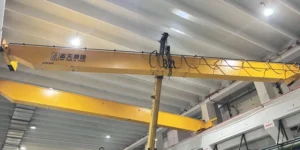
-
Monorail Cranes
- Application: Typically employed in polishing workshops, assembly lines, etc., designed to precisely move objects to specific workstations.
- Features: Track systems are flexible (straight or curved), but load capacity is generally small (often under 5 tons) due to structural limitations.

-
Jib Cranes
- Application: Offer 360-degree rotation for flexible material handling within a specific area. Suitable for confined spaces requiring frequent changes in lifting direction (e.g., small ports, localized workshop areas).
- Features: Large working radius, adaptable to space-constrained environments.

-
Ship Cranes (Deck Cranes)
- Application: An important type of jib crane, primarily installed on ship decks or used in ports for cargo loading/unloading between ship and shore.
- Features: Vital in maritime trade for efficiently hoisting containers and large machinery. Sizes vary widely, from small ones (a few tons) to large marine cranes (hundreds or thousands of tons) to meet diverse vessel and cargo demands.
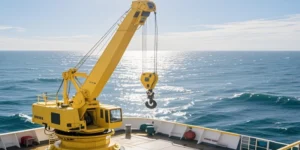
-
Gantry Cranes
- Application: Named for their gate-like structure, with tracks laid directly on the ground. Typically found in outdoor open areas like ports and railway freight yards.
- Features: Used for loading, unloading, and moving large cargo, with lifting capacities ranging from tens to hundreds of tons. Some large models are equipped with multiple attachments for various goods.
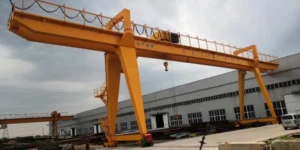
-
Portable Gantry Cranes
- Application: An adaptation of gantry cranes, fitted with four wheels for mobility, allowing free movement between work sites.
- Features: Load capacity is generally limited to under 20 tons due to the mobile structure. Often used on small construction sites or for short-distance warehouse transfers.
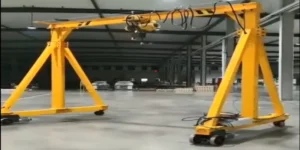
-
Rubber Tyred Gantry (RTG) Cranes
- Application: Considered an "enhanced version" of portable gantry cranes, equipped with large, high-capacity tires.
- Features: Handles greater weights (max lifting capacities often ≥50 tons) and has off-road capabilities for rough terrain. Frequent use in container handling and heavy equipment loading/unloading.
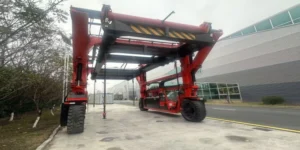
-
Tower Cranes (Hammerhead Cranes)
- Application: Iconic equipment in the construction industry, essential for high-rise building construction.
- Features: Tall, upright cranes with a rotating boom for vertical lifting and horizontal movement of heavy objects. Significant lifting height and working radius enable precise material placement, improving construction efficiency.

-
Crawler Cranes
- Application: Rely on specialized track structures, offering excellent ground adaptability.
- Features: Can travel stably and lift on rugged mountain roads or muddy, soft terrain. Large track-ground contact area reduces pressure and minimizes stuck risks. Vital in large outdoor projects (bridge construction, wind power installation).
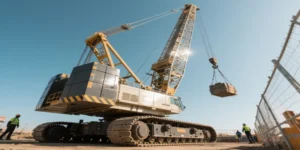
-
Truck-Mounted Cranes (Boom Trucks)
- Application: Integrate a lifting device onto a truck chassis, combining vehicle mobility with crane lifting capabilities.
- Features: Can quickly drive to job sites without complex assembly, ideal for municipal engineering and emergency rescue requiring mobile operations.

-
Spider Cranes
- Application: Relatively new type, favored for compact size and agility.
- Features: Outriggers extend like spider legs for stable support in confined spaces. Foldable boom allows operation in high-rise buildings and indoor venues with restricted space, offering unique advantages in decoration and equipment installation.
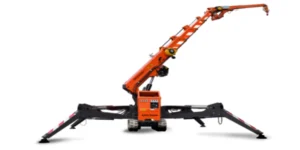
-
Cable Cranes
- Application: Use suspension cables as the primary load-bearing structure, tensioned by tall towers at both ends.
- Features: Large span capability to cross complex terrains (valleys, rivers). Often used in bridge construction and hydropower projects. For example, in mountainous bridge building, they transport materials precisely without complex temporary structures, enhancing efficiency and reducing costs. Lifting capacity varies (tens to hundreds of tons) based on project needs.
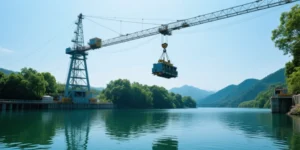
-
Floating Cranes (Crane Vessels)
- Application: Large lifting devices mounted on specialized ships, using the vessel as a base for waterborne cargo operations, port construction, salvage, and bridge building.
- Features: Immense lifting capabilities, with super-large models reaching tens of thousands of tons (e.g., "Zhenhua 30", the world's largest, with 12,000-ton capacity, completed the Hong Kong-Zhuhai-Macau Bridge final joint lifting). Can move freely at sea, adapting to various water environments—indispensable in marine engineering and water transportation.
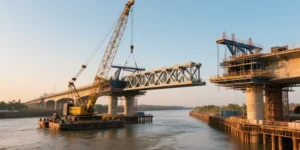
Conclusion
Beyond the types above Overhead Cranes (Bridge Cranes), Monorail Cranes, Jib Cranes, Ship Cranes (Deck Cranes), Gantry Cranes, Portable Gantry Cranes,RTG Crane, Hammerhead Crane, Crawler Cranes, Truck-Mounted Cranes, Cable Cranes, Floating Cranes, specialized cranes play crucial roles in different fields with unique designs, forming a diverse crane family. Our company's products focus on types 1-8, and we aim to offer crane solutions for the manufacturing sector.
You may also be interested in:
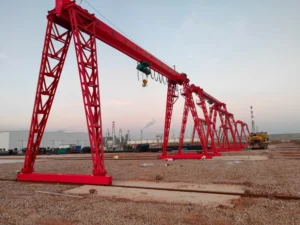
Newbie’s Guide: First Time Buying a Crane? Here’s What You Must Know!
Newbie's Guide: First Time Buying a Crane? Here's What You Must Know! leading paragraph: Buying a crane? It's more than just picking a big machine. Mess up, and your project
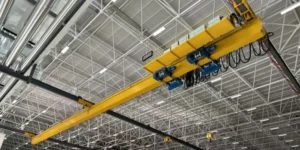
Characteristics of an Excellent Crane
A good crane usually needs to possess the following characteristics: Safe and Reliable: It is equipped with complete safety protection devices, such as overload protection, limit protection, anti-collision devices,
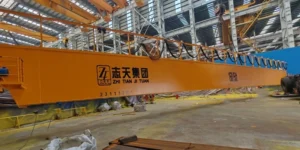
How to Choose Factory Cranes?
Factory Crane Selection and Solution Proposal: Tailoring Efficient and Safe Lifting Solutions for Your Facility I. Introduction: Embark on Your Smart Lifting Journey 1.1 Why Does Your Factory Need the
